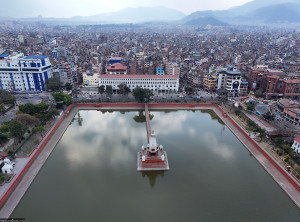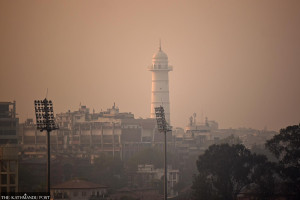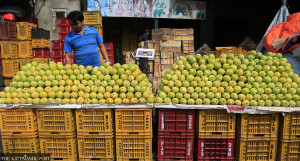Entertainment
Plants for the careless
In an increasingly drab concrete city, plants can provide colour, vibrancy and life. Even indoors, plants can act as vibrant catalysts that provide a natural touch to any dreary environment.
Rose Singh
In an increasingly drab concrete city, plants can provide colour, vibrancy and life. Even indoors, plants can act as vibrant catalysts that provide a natural touch to any dreary environment. Plants, however, are living things that require regular maintenance and care. With concrete in the city rising and open spaces shrinking, many are looking towards indoor plants to offset the monotonous colour scheme, whether in the home or workplace. Nurseries are also catering to this demand with small low-maintenance potted plants that satisfy the greenery aesthetic without having to invest much time and resources.
“There are many hassle-free, low-maintenance indoor plants that are favoured by our young customers in recent years. Basically, they are plants for the careless,” says Rabindra Maharjan, owner of Kumari Nursery. House plants such as snake plants, aloe vera, sansevieria, cactus, philodendron and agave can adapt to dry conditions and are able to store water for longer periods of time, making them easy to take care of, says Maharjan.
Sales of such plants have increased rapidly in the last two years, according to Maharjan. With more and more coffee shops, book shops and restaurants using these plants as decorative ornamentation, their demand is increasing.
Such indoor plants can be purchased from various nurseries, gardening outlets in supermarkets or small boutique shops around the city. Apart from being low maintenance, they develop beautifully large and fleshy flowers that come in distinctive shapes and textures.
“I always wanted to be surrounded by greenery but was never careful enough,” says Pallavi Limbu of Gaushala. “I would bring home a plant and sometimes would forget to tend to it for an entire week. But now, these ever-blooming plants fill me with positivity and save me from letting one more plant die because of my negligence.”
Apart from decorations, these plants can also be beneficial for health and the environment, says Maharjan. “These plants circulate fresh air by absorbing air pollutants and increasing humidity. This not only lightens the mood but also increases the blood saturation level, resulting in increased concentration and productivity,” he says.
Although such indoor plants require less care, they do need sporadic attention, like keeping them away from excess sunlight, using proper soil, double digging the soil monthly and a careful use of water. They grow better when the soil is not flooded with water so a pot with a hole at the bottom for drainage is the perfect choice. The plants can also be multiplied by means of propagation—cutting a part from the existing plant and planting it elsewhere to grow a new one.
The prices of these plants vary according to the type, shape, size and the outlets. They can range from Rs 50 to Rs 12,000 for high quality seeds, but the average pricing in the retail market ranges between Rs 500-800. Some boutique outlets that sell limited or customised potted plants may price their products from Rs 1,200-1,500.
However, despite their simplicity, only 1-2 percent of these indoor plants are grown in Nepal. “Due to a lack of economic support from the government and the unavailability of good quality chemicals, most plants are imported in bulk from countries such as the Netherlands and Thailand,” says Maharjan. According to him, the increased interest in such plants has accounted for an import of more than 100 different varieties of house plants in the last two years alone.




 29.97°C Kathmandu
29.97°C Kathmandu










